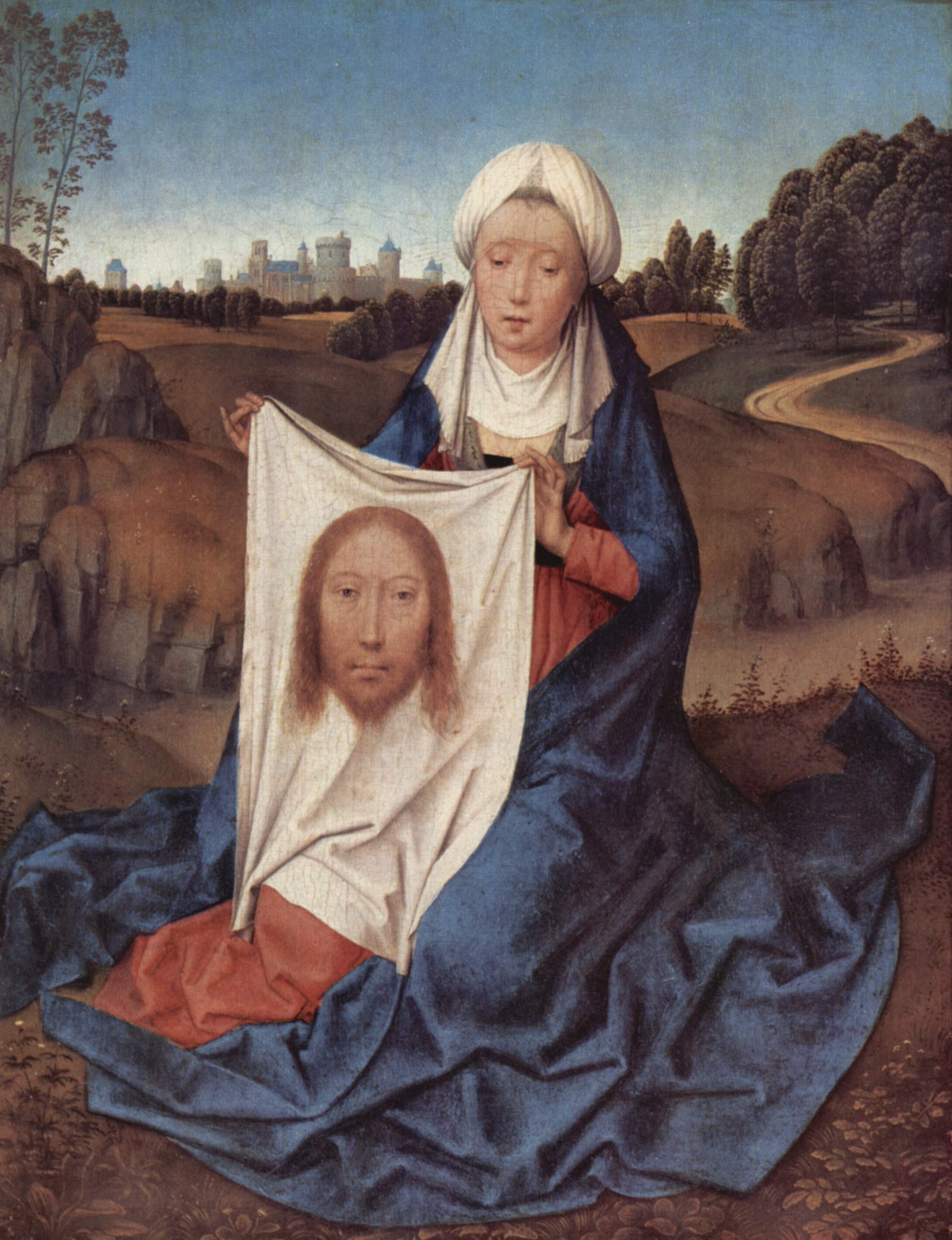Cura Sanitatis Tiberii on:
[Wikipedia]
[Google]
[Amazon]
 ''Cura sanitatis Tiberii'' ("The cure of the health of Tiberius") is a short legendary text which, like other supplements to the ''
''Cura sanitatis Tiberii'' ("The cure of the health of Tiberius") is a short legendary text which, like other supplements to the ''
Cura Sanitatis Tiberii - English Translation
The death of Pilate: a text and some notes on the “Cura Sanitatis Tiberii”
* Roger Pearse,
Further notes on the “Cura Sanitatis Tiberii”
5th-century Christian texts 6th-century Christian texts 7th-century Christian texts New Testament apocrypha Medieval Latin literature Pilate cycle Cultural depictions of Tiberius
 ''Cura sanitatis Tiberii'' ("The cure of the health of Tiberius") is a short legendary text which, like other supplements to the ''
''Cura sanitatis Tiberii'' ("The cure of the health of Tiberius") is a short legendary text which, like other supplements to the ''Gospel of Nicodemus
Gospel originally meant the Christian message ("the gospel"), but in the 2nd century it came to be used also for the books in which the message was set out. In this sense a gospel can be defined as a loose-knit, episodic narrative of the words an ...
'', is grouped among the New Testament Apocrypha.
According to the narrative, the Roman emperor Tiberius
Tiberius Julius Caesar Augustus (; 16 November 42 BC – 16 March AD 37) was the second Roman emperor. He reigned from AD 14 until 37, succeeding his stepfather, the first Roman emperor Augustus. Tiberius was born in Rome in 42 BC. His father ...
, gravely ill, sent Volusianus to Judea
Judea or Judaea ( or ; from he, יהודה, Hebrew language#Modern Hebrew, Standard ''Yəhūda'', Tiberian vocalization, Tiberian ''Yehūḏā''; el, Ἰουδαία, ; la, Iūdaea) is an ancient, historic, Biblical Hebrew, contemporaneous L ...
to search for Jesus
Jesus, likely from he, יֵשׁוּעַ, translit=Yēšūaʿ, label=Hebrew/Aramaic ( AD 30 or 33), also referred to as Jesus Christ or Jesus of Nazareth (among other names and titles), was a first-century Jewish preacher and religious ...
, who was reported to be able to cure all sicknesses. Volusianus learned in Judea that the provincial governor Pontius Pilate
Pontius Pilate (; grc-gre, Πόντιος Πιλᾶτος, ) was the fifth governor of the Roman province of Judaea, serving under Emperor Tiberius from 26/27 to 36/37 AD. He is best known for being the official who presided over the trial of J ...
had recently allowed the Jews to put Jesus to death. Despairing of success, Volusianus then heard that Veronica possessed a miraculous veil
A veil is an article of clothing or hanging cloth that is intended to cover some part of the head or face, or an object of some significance. Veiling has a long history in European, Asian, and African societies. The practice has been prominent ...
imprinted with the face of Jesus
Jesus, likely from he, יֵשׁוּעַ, translit=Yēšūaʿ, label=Hebrew/Aramaic ( AD 30 or 33), also referred to as Jesus Christ or Jesus of Nazareth (among other names and titles), was a first-century Jewish preacher and religious ...
. This veil restored Tiberius to health. Accepting the truth of Christianity, Tiberius punished Pilate by banishing him to Ameria. Tiberius's third successor, Nero
Nero Claudius Caesar Augustus Germanicus ( ; born Lucius Domitius Ahenobarbus; 15 December AD 37 – 9 June AD 68), was the fifth Roman emperor and final emperor of the Julio-Claudian dynasty, reigning from AD 54 un ...
, learning more about Jesus from the apostle Peter, recalled Pilate to answer new questions. Having pieced together the full story, Nero confirmed Pilate's sentence of exile. Pilate then committed suicide.
''Cura sanitatis Tiberii'', thought to have been composed between the 5th and 7th centuries, is the earliest known written form of the widespread medieval legend of Veronica's veil, which was soon afterwards reworked in the better-known text ''Vindicta Salvatoris
(In English: The Avenging of the Saviour or The Vengeance of the Saviour) is a text of New Testament Apocrypha that expands the story of the aftermath of Jesus's execution. It was often presented as a supplement to the Gospel of Nicodemus. The ...
'' ("The Avenging of the Saviour").
The Latin text of ''Cura sanitatis Tiberii'' was published twice in the 19th century. An edition of a medieval French manuscript version appeared in 1993 alongside a study of the legends about Pontius Pilate. An English translation, by Tuomas Levänen, was recently published online.Tuomas Levänen,Cura Sanitatis Tiberii - English Translation
References
{{ReflistExternal links
* Roger Pearse,The death of Pilate: a text and some notes on the “Cura Sanitatis Tiberii”
* Roger Pearse,
Further notes on the “Cura Sanitatis Tiberii”
5th-century Christian texts 6th-century Christian texts 7th-century Christian texts New Testament apocrypha Medieval Latin literature Pilate cycle Cultural depictions of Tiberius